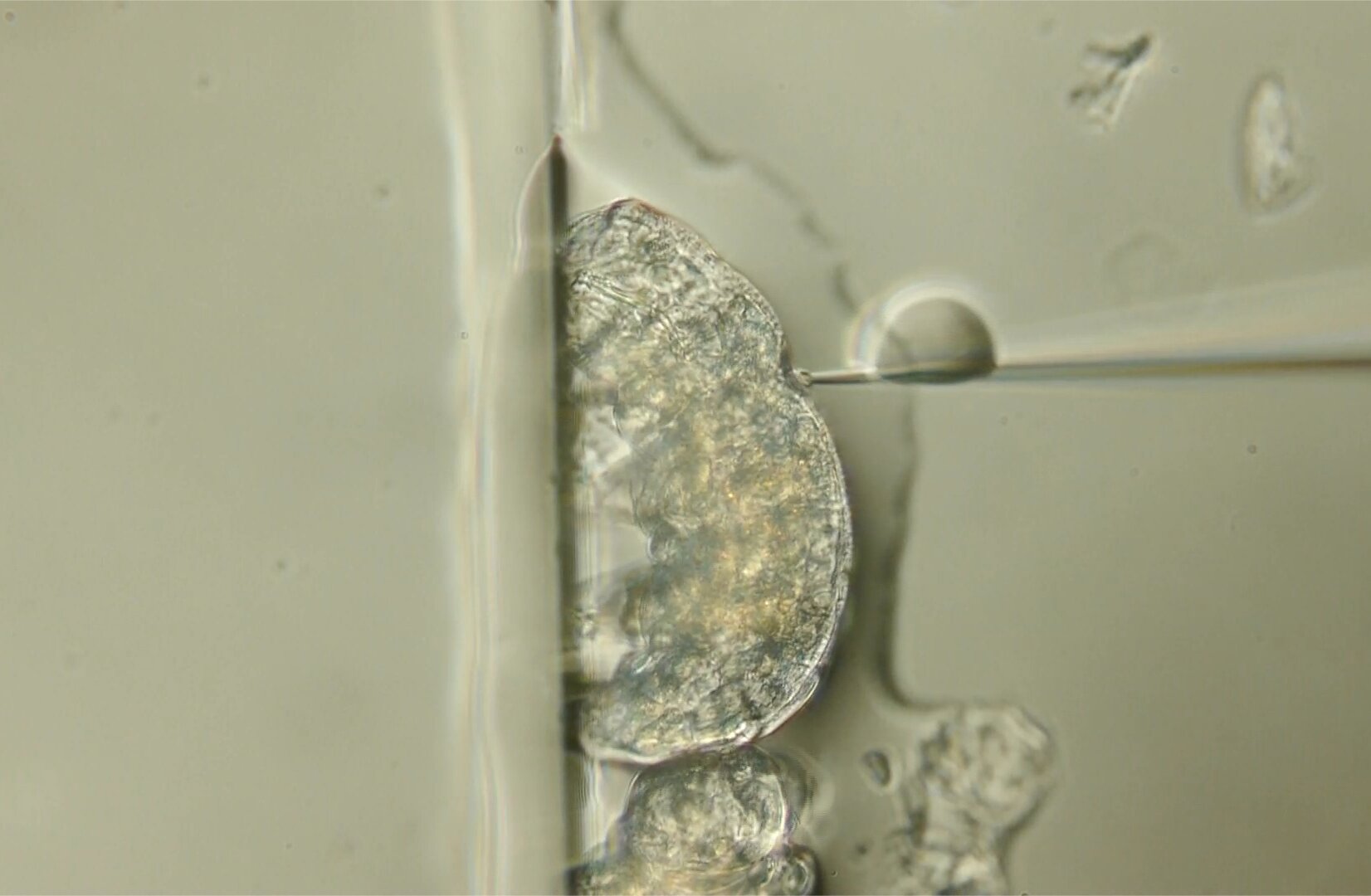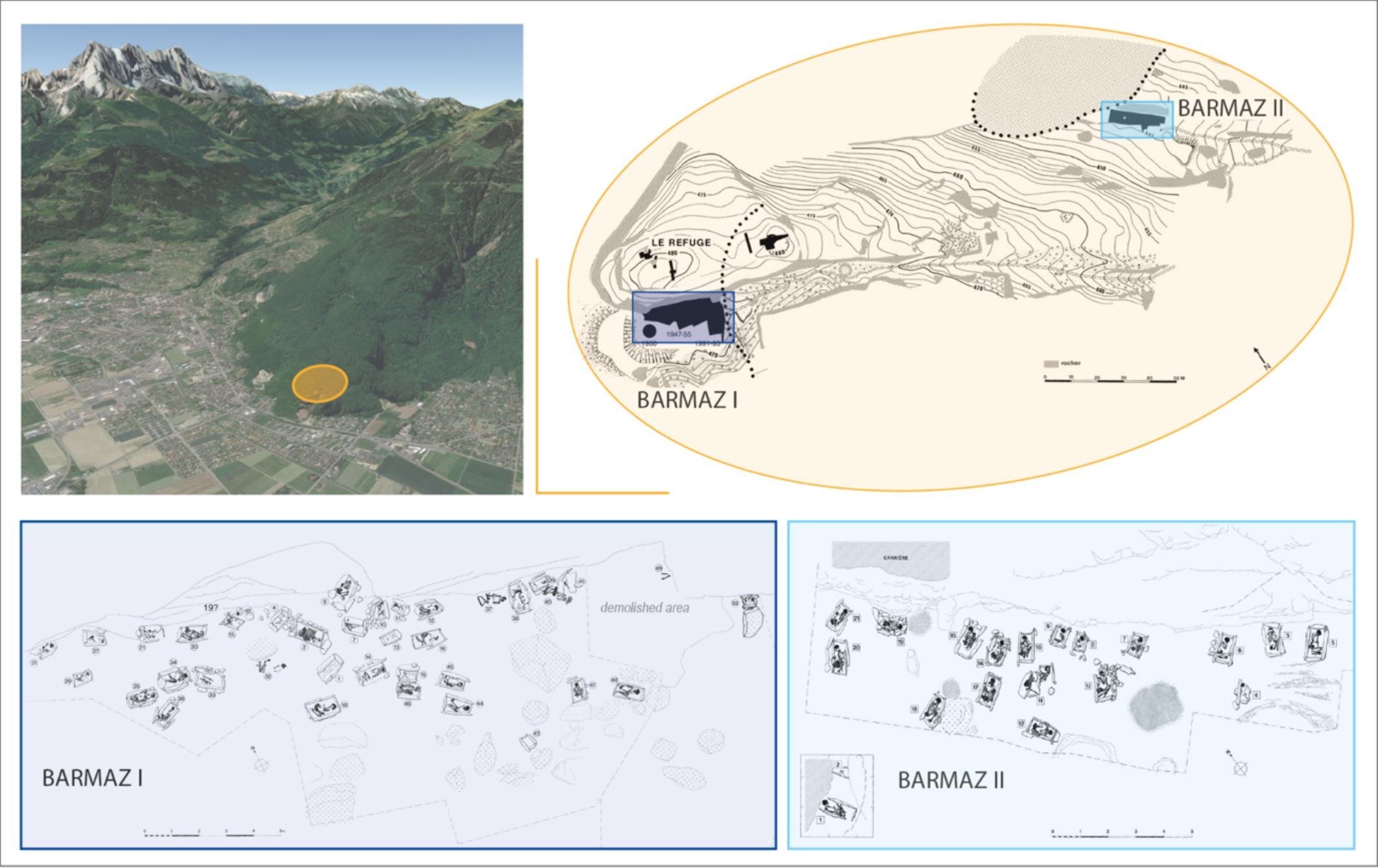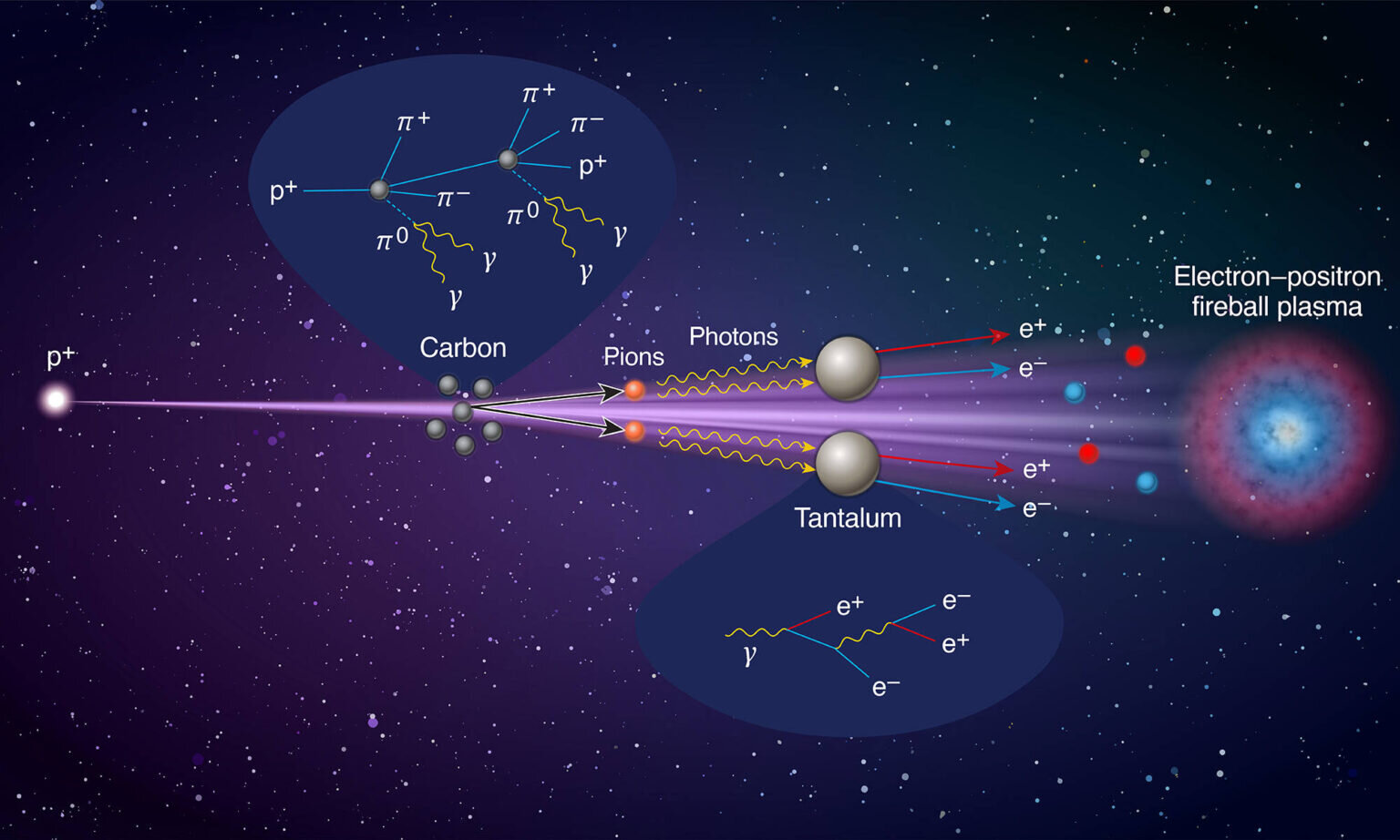Permanent genetic modifications to tardigrades help shed light on their astonishing resilience
A tardigrade is given a dose of CRISPR tools to change one of its genes, and those of the eggs it will produce. Credit: 2024 Tokiko Saigo et al. Some species of tardigrades are highly and unusually resilient to various extreme conditions that are fatal to most other life forms. The genetic basis for these … Read more









